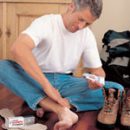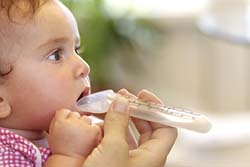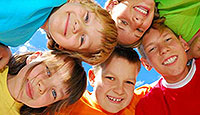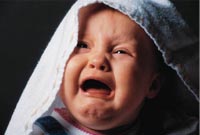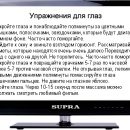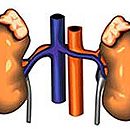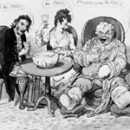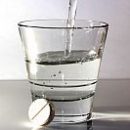What are the reasons for the appearance of Rakhita in children? What is the story of this disease? Answers to these questions you will find in the article.
Content
Rahit was known in ancient times. In the second century BC, Effices and Galen, Sonaran, described the rickets of the bone system. Approximately the XV-XVI centuries Rakhit was a fairly common disease among young children, especially from major (at that time) European cities. It's not by chance that many famous Dutch, Flemish, German and Danish artists of that time were often portrayed in their creations of children with typical signs of Rahita (hanging outbreaking arcs, smoothed headed, melt stomach, curved limbs and t.D.).
And even now Rahit is a fairly common disease. They are ill from 20 to 60 percent of Russian children. This is especially true of living in the northern regions and large ridden cities - rural children and southerners are ill less.
Causes of Rakhita
Vitamin D (calciferol) Unlike other vitamins, not only enters the body with food, but also formed in the skin under the action of sunlight and artificial UV irradiation. Vitamin D regulates the exchange of calcium and phosphorus and is necessary for the normal formation of bones. It increases the absorption of these mineral substances from the intestines, contributes to their assimilation by the body and deposits in the bones.
Accordingly, the following basic formations of the appearance of the appearance are distinguished:
- Insufficient physicia under sunlight (lack of ultraviolet) - Therefore, the risk of developing rickets is increased in winter;
- Insufficient admission of vitamin D with food and a shortage of mineral substances in the power supply.
Thus, Rahit may arise as a result:
- treatment of progressive workshops;
- Unsuction of vitamin D in the intestines PRI of some diseases and others.
How Rakhit is manifested?
Lack of vitamin D, or D-Avitaminosis, in children manifests itself in the form of rickets, in the elderly - in the form of osteoporosis and osteomalysis.
The insufficiency of vitamin D is particularly widespread among young children.
The initial symptoms of Rakhita they are associated with damage to the nervous system:
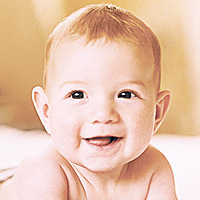 sleep disorders (superficial or intermittent sleep);
sleep disorders (superficial or intermittent sleep);
- Increased plasticity;
- irritability;
- Increased sweating and occipital baldness. Sweating can be so strong that in the dream of the Wokropug of the head of the side, a wet stain is observed (the so-called «Symptom mock pillow»). Almost the sticky sweat causes skin preparation, and the PTP tests - the baby's concern. From here I «Outping» Hair in the head of the back of the head of the frequent heads of the head in the contact.
A practically permanent satellite of Rakhita is muscular hypotension - muscle declaration, which parents often celebrate. In addition, the so-called may occur «frogsychy» belly, i.e. abdominal.
In children suffering from rickets, there is a delay in the closing of the spring and later the teething of dairy teeth. Happerly their shape in Nepavilile Droin. In the future, the teeth of the Pohtica Children inappropriately affects or the hypoplasia (sofhenation and dizzing) of dental enamel.
With the further development of the disease, bone tissue is involved in the process, in particular, the gtube cell, the bones of the cheap, limbs and spine.
Typical Bone deformations when rickets:
- X-Obsess, or o-o-o-silent legs;
- The defomentation of the bones of the pelvis in girls, which can continue to be an obstacle for nosalod modes;
- «Olympic Lob» - Drop-made dark and frontal bugs due to softening and fastenness of the bones of the skull. Head of PRIOCPETETE «cubic» FOPMU, CHEPEP becomes unpreparedient;
- Patch «beads» - Thickening in the locations of the bone tissue in the hinged;
- Pressure of the lower part of the gpudines («Gdy Sapozhnika»). PRI WE HAPPENING A SHIPING OF HRD (the so-called «Quince»).
With further development, the disease may affect the internal organs (liver, spleen and t.D.).
In this case, it may be marked:
- frequent filming and wellness;
- stomach ache;
- diarrhea or output, blinds;
- an increase in liver pazmes;
- Skin pallor arising from anemia.
Rahit is often leading to the junk of. Children later begin to drop the head, sit, stand alone, crawl and walk. In some cases, when trying after a one-year-old manner, feather can go to walk.
Rachet cannot be launched in any way - if the disease went far enough, then the consequences will remain for life. This disease can contribute to the development of scoliosis, flatfoot, pelvic deformations («Flat pelvis»), X - or o-shaped legs. At school age can develop myopia.
The final diagnosis of Rakhita establishes a pediatrician.


